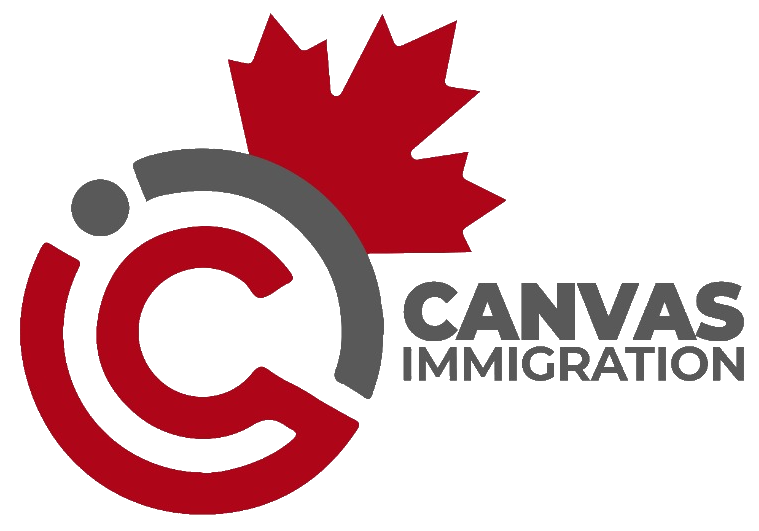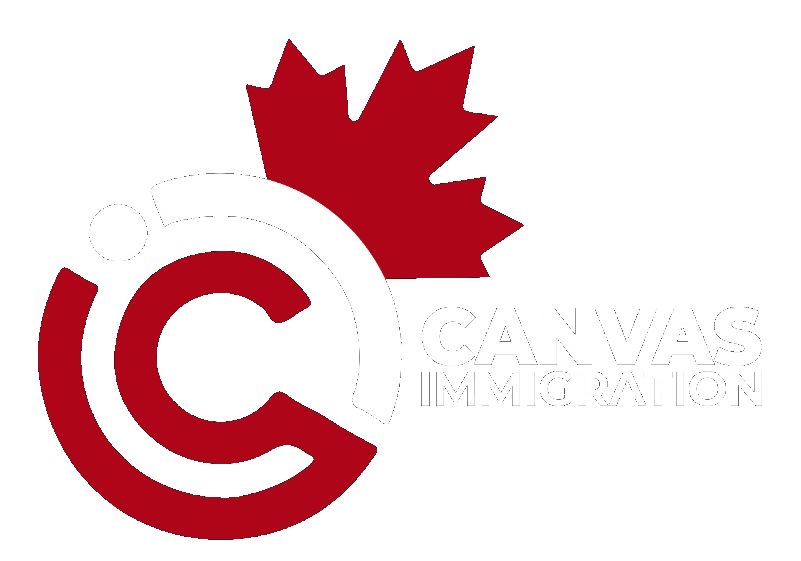Canada’s newly elected government has made one thing clear—immigration is still a priority, but the approach is changing. Under Prime Minister Mark Carney’s leadership, the Liberal Party is taking a more cautious stance on the number of newcomers it welcomes. Both permanent and temporary immigration levels are being scaled back, sparking reactions across education, labor, and policy sectors.
The new plan signals a sharp turn from Canada’s once-open-door policy, now aiming for lower targets through 2027. While the move is framed as a strategic adjustment, many believe it could have lasting impacts on the nation’s economy and global reputation.
New Immigration Targets for 2025–2027
Canada’s immigration plan for the next three years is now live, and the numbers speak volumes.
| Year | Permanent Resident Target | Difference from Previous Plans |
| 2025 | 395,000 | -105,000 |
| 2026 | 380,000 | -120,000 |
| 2027 | 365,000 | -135,000 |
In addition to these lower permanent resident caps, for the first time in Canadian immigration history, a population target has been set for temporary residents. By the end of 2027, the government wants to reduce temporary residents, including international students and foreign workers, to just 5% of the national population.
Given that the current ratio is 7.25%, and there are over 3 million non-permanent residents in Canada today, the scale of reduction needed is significant.
Key Changes Affecting Temporary Migration
Temporary migration has become the center of attention under the new policy plan.
Here’s what’s happening:
- A one-third reduction in temporary migration is expected over the next three years.
- International students face tighter enrolment caps, affecting admissions for 2025 onward.
- Work permit and visa policies are being revised, adding more layers to an already complex process.
These shifts are already showing effects. Educational institutions report steep declines in international student enrollments, even if IRCC’s official data hasn’t fully caught up yet.
With roughly 1 million foreign students recorded at the end of 2024, Canada has a long way to go to hit its 5% population target.
The Ripple Effect on Education and Labor
Canada’s international education sector—once a pillar of growth—is now grappling with the fallout.
Here’s how institutions are reacting:
- Canadian Bureau for International Education (CBIE): Called for urgent system reform and rebuilding trust.
- Universities Canada: Warned about losing global talent due to visa delays and restrictive immigration pathways.
- Colleges and Institutes Canada (CICan): Emphasized the need for alignment between education and workforce development.
As competition grows from countries like Australia, the UK, and the U.S., delays and unclear immigration pathways risk pushing top global talent elsewhere.
What This Means for Future Immigrants
For anyone planning to move to Canada, the road just got tougher. Whether you’re a student, worker, or skilled immigrant, the process will be more competitive and scrutinized.
Expect:
- Fewer spots for permanent residency
- Stricter eligibility for study permits
- Delays in visa processing times
- Increased emphasis on Canadian work or study experience
These changes also mean that foreign graduates aiming to stay in Canada permanently will need to prepare for a tighter Express Entry and PNP system. The opportunities still exist—but they’ll be harder to secure.
Canada Immigration Plan: Caution, Not Closure
Despite the changes, Canada isn’t closing its doors. It’s simply being more selective and deliberate.
The Canada immigration plan aims to balance economic needs with public sentiment, housing pressures, and labor market demands. While the strategy may help manage infrastructure and population challenges, critics argue it risks Canada’s global reputation as a welcoming and competitive destination.
A New Immigration Era Begins
The new government’s Canada immigration plan marks a turning point. With lower targets and stricter controls, future immigrants will need to be better prepared, more competitive, and patient. Canada’s global brand as a top immigration destination is facing new tests, but for those who qualify, opportunities still remain.
Add ImmigCanada to Your Google News Feed

